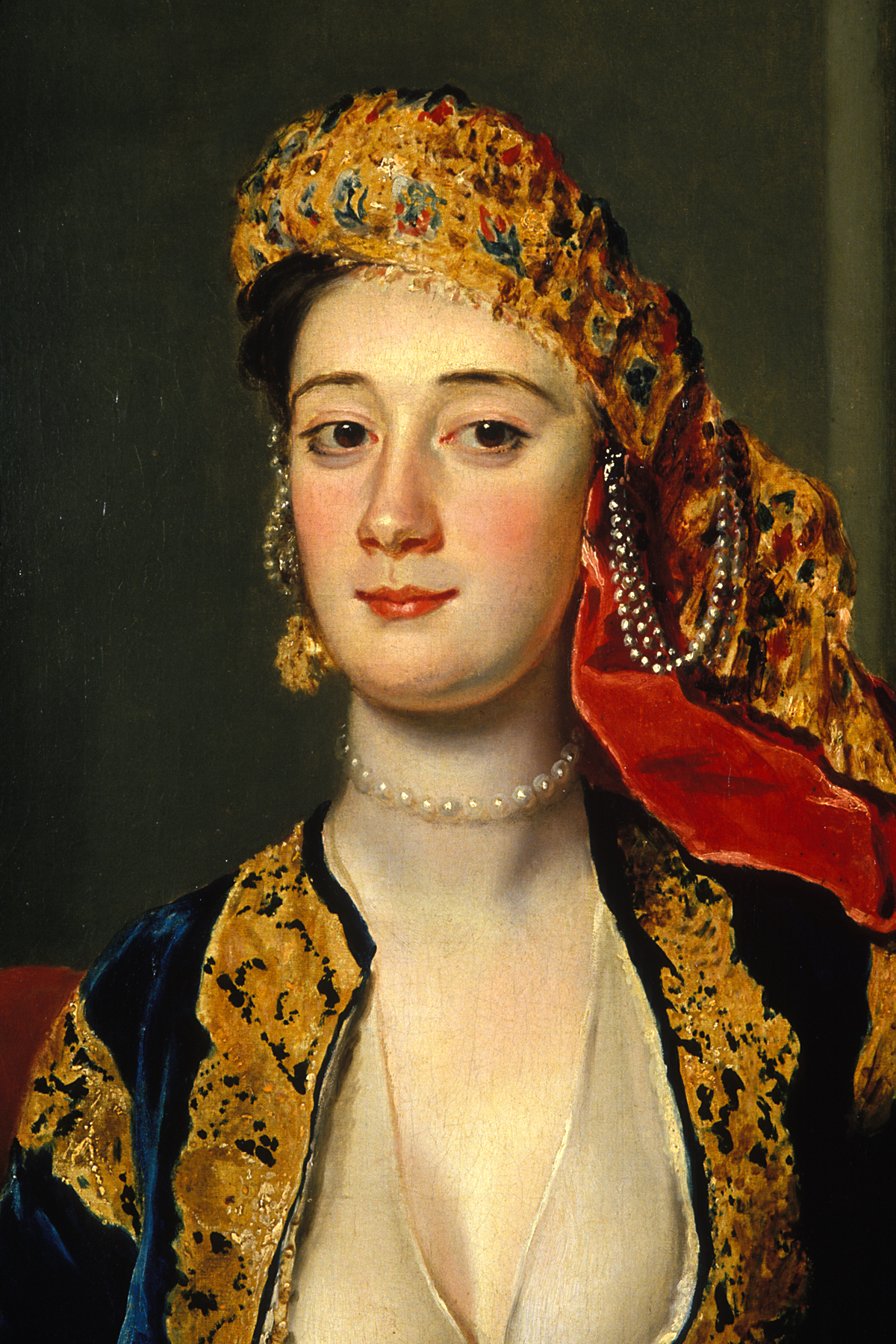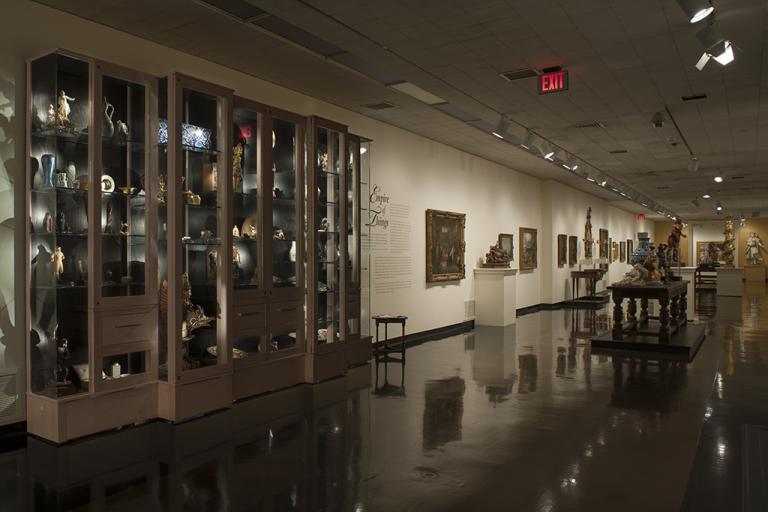Mrs. Thomas Pelham (Annetta, daughter of Thomas Bridges, wife of Thomas Pelham), John Vanderbank
Artwork Overview
John Vanderbank, artist
1694–1739
Mrs. Thomas Pelham (Annetta, daughter of Thomas Bridges, wife of Thomas Pelham),
1720s
Where object was made: England, United Kingdom
Material/technique: canvas; oil
Dimensions:
Canvas/Support (Height x Width x Depth): 50 x 40 in
Canvas/Support (Height x Width x Depth): 127 x 101.6 cm
Frame Dimensions (Height x Width x Depth): 57 1/2 x 48 1/2 in
Canvas/Support (Height x Width x Depth): 50 x 40 in
Canvas/Support (Height x Width x Depth): 127 x 101.6 cm
Frame Dimensions (Height x Width x Depth): 57 1/2 x 48 1/2 in
Credit line: Museum purchase
Accession number: 1950.0069
Not on display
If you wish to reproduce this image, please submit an image request









